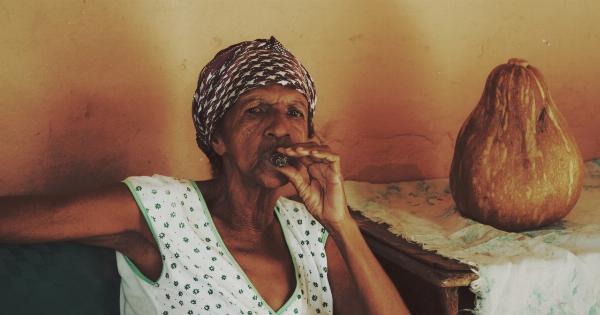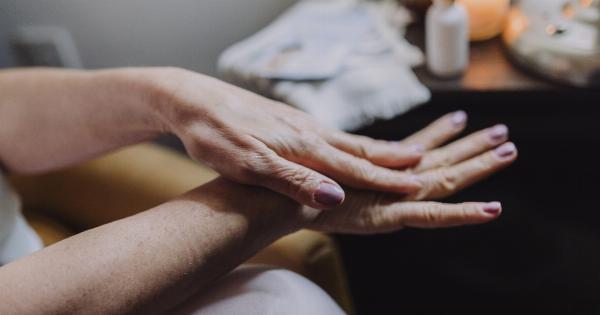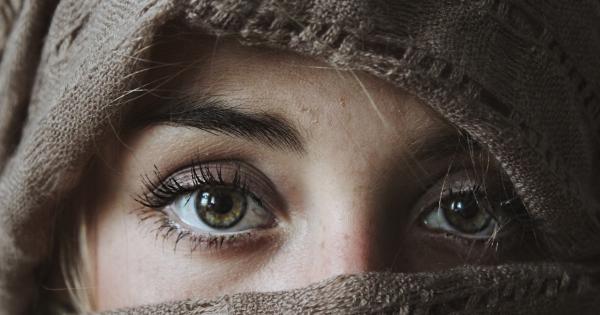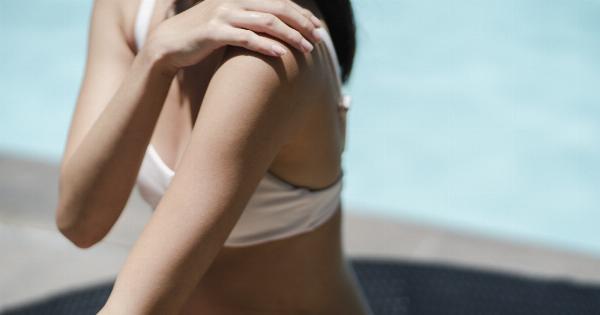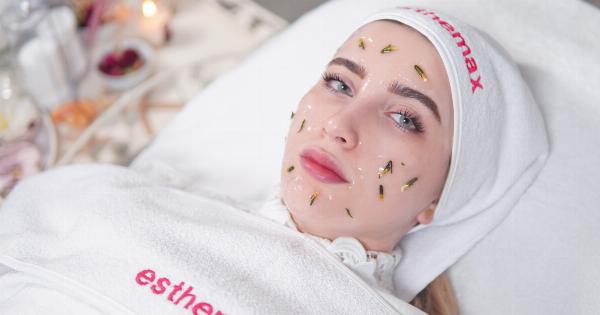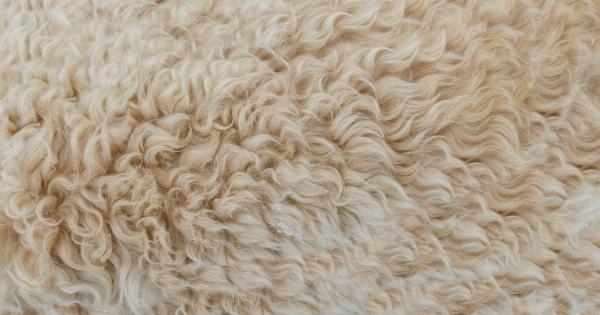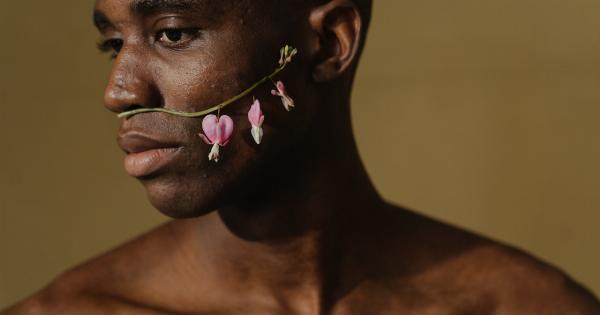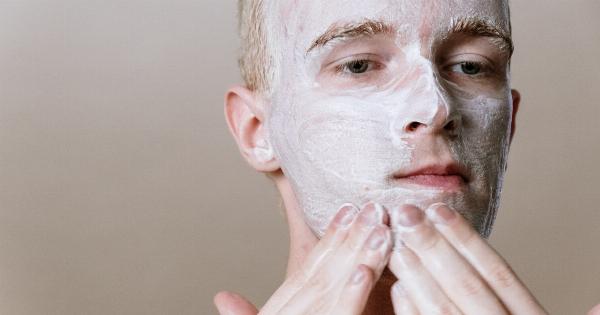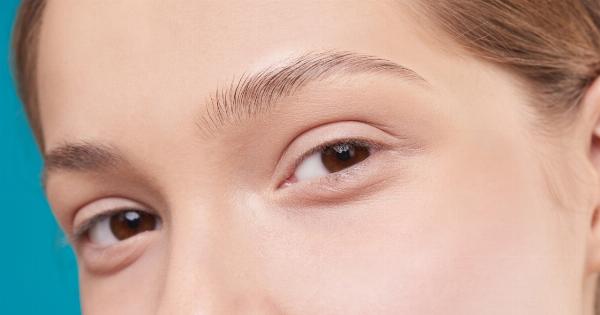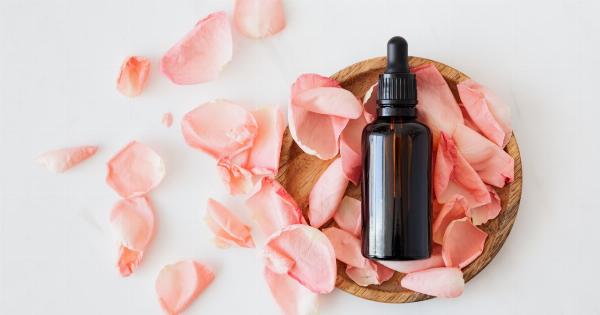Histle Keratosis, also known as Follicular Keratosis or Keratosis Pilaris, is a common skin condition that causes small, hard bumps on the skin. It is usually found on the upper arms, thighs, buttocks, and sometimes on the face.
These bumps are often red or brown in color and have a rough texture.
Symptoms of Histle Keratosis
The main symptom of Histle Keratosis is the appearance of small, rough bumps on the skin.
These bumps are commonly referred to as “goosebumps” or “chicken skin.” They are usually painless and do not cause any discomfort or itching. However, some people may experience dryness, itchiness, or inflammation in the affected areas. The severity of these symptoms may vary from person to person.
Possible Causes of Histle Keratosis
The exact cause of Histle Keratosis is unknown, but several factors are believed to contribute to its development. It is thought to be a result of the buildup of keratin, a hard protein that protects the skin from infections and other harmful agents.
When too much keratin accumulates around the hair follicles, it blocks the pores, leading to the formation of bumps.
Histle Keratosis is also associated with certain genetic factors. It tends to run in families and is more common in individuals with a family history of the condition.
Additionally, dry skin, a history of eczema, and certain hormonal imbalances may increase the risk of developing Histle Keratosis.
Tips for Managing Histle Keratosis
While there is no cure for Histle Keratosis, there are several tips and tricks that can help manage its symptoms and improve the overall appearance of the affected skin:.
1. Keep the skin moisturized
Dry skin tends to worsen the symptoms of Histle Keratosis. Therefore, it is essential to keep the skin well-moisturized.
Use a gentle moisturizer regularly, preferably one that contains ingredients such as urea, lactic acid, or salicylic acid, which help exfoliate dead skin cells.
2. Avoid abrasive or harsh skincare products
Avoid using abrasive or harsh exfoliants, soaps, and cleansers on the affected areas. These can further irritate the skin and worsen the condition. Opt for mild, fragrance-free products specifically designed for sensitive skin.
3. Use gentle exfoliation methods
Gentle exfoliation can help remove dead skin cells and smooth out the bumps caused by Histle Keratosis. However, it is important to avoid aggressive scrubbing, which can irritate the skin.
Use a soft washcloth or a gentle exfoliating brush to gently massage the affected areas in circular motions.
4. Take shorter showers with lukewarm water
Hot showers can strip the skin of its natural oils, leading to increased dryness and irritation. Take shorter showers using lukewarm water to prevent further dehydration of the skin.
Avoid scrubbing the affected areas vigorously with a towel after showering; instead, gently pat the skin dry.
5. Wear loose-fitting clothing
Tight clothing can rub against the skin and exacerbate the symptoms of Histle Keratosis. Opt for loose-fitting clothing made from breathable fabrics such as cotton, which allows the skin to breathe and reduces friction.
6. Protect the skin from excessive sun exposure
Excessive sun exposure can worsen the appearance of Histle Keratosis and increase dryness. Apply a broad-spectrum sunscreen with SPF 30 or higher before going outdoors, even on cloudy days.
7. Avoid picking or scratching the bumps
Resist the urge to pick, scratch, or squeeze the bumps caused by Histle Keratosis. Doing so can lead to inflammation, scarring, and potential infections.
Keep your nails short and consider wearing gloves at night to prevent unconscious scratching during sleep.
8. Seek medical advice
If the symptoms of Histle Keratosis persist despite self-care measures or if they cause significant distress, it is advisable to consult a dermatologist.
A dermatologist can provide further guidance, prescribe topical creams or ointments if necessary, and recommend additional treatments.
9. Manage underlying conditions
If you have any underlying conditions such as eczema or hormonal imbalances that contribute to Histle Keratosis, it is important to manage them effectively. Consult with your healthcare provider to develop an appropriate treatment plan.
10. Be patient
Histle Keratosis is a chronic, long-term condition, and improvement may take time. Be patient and consistent with your skincare routine and lifestyle changes.
With proper care and management, the symptoms of Histle Keratosis can become less noticeable over time.





